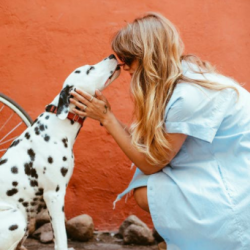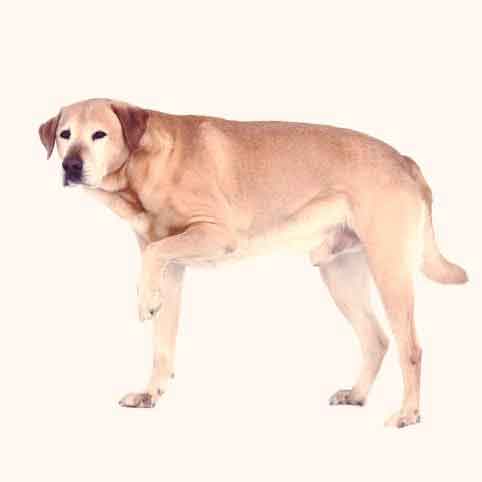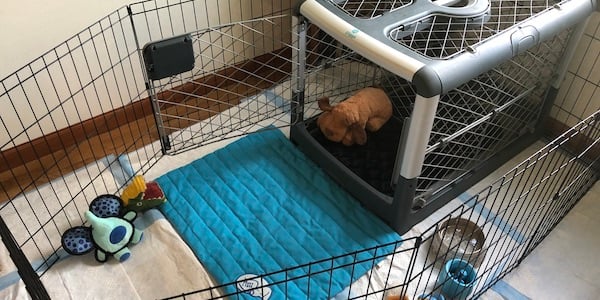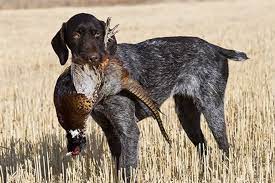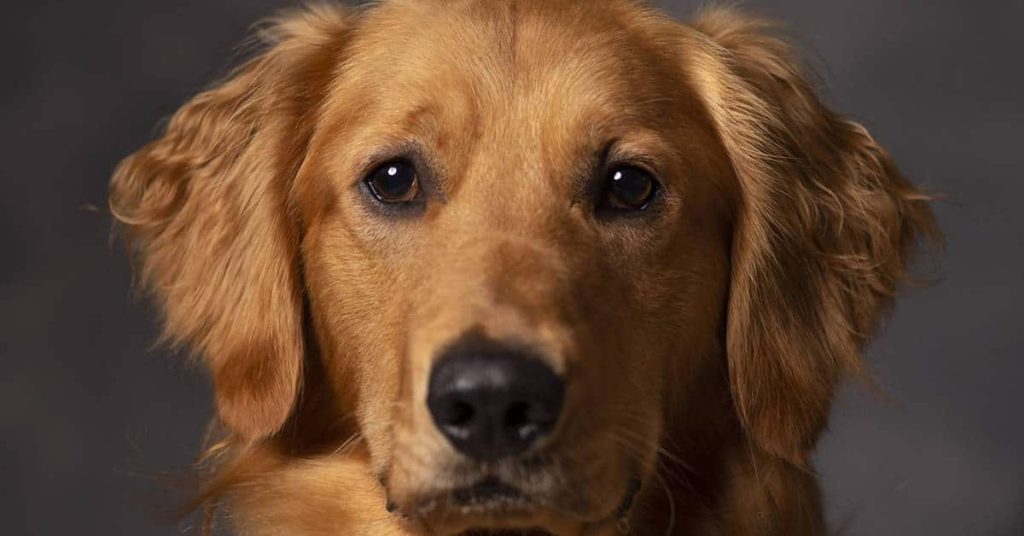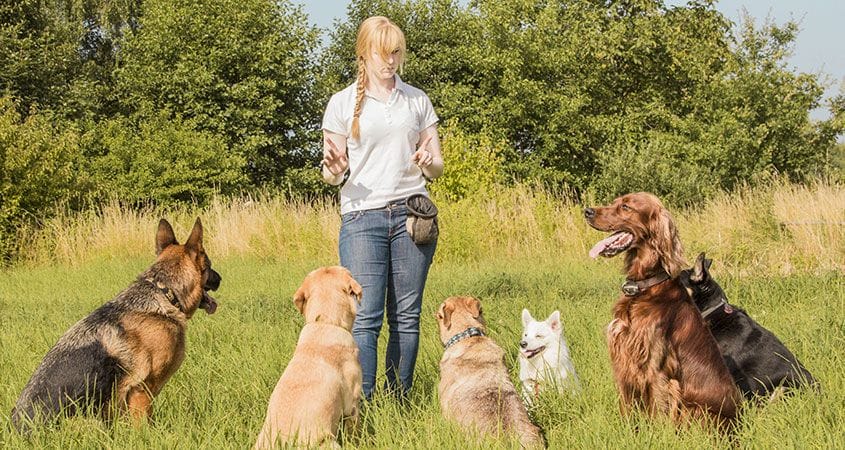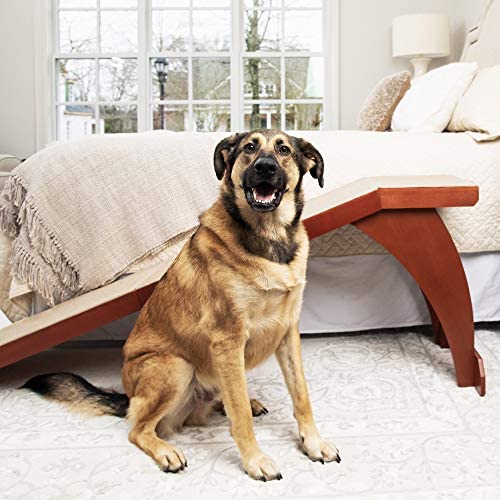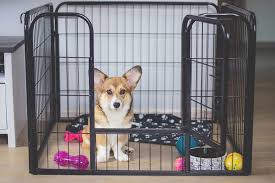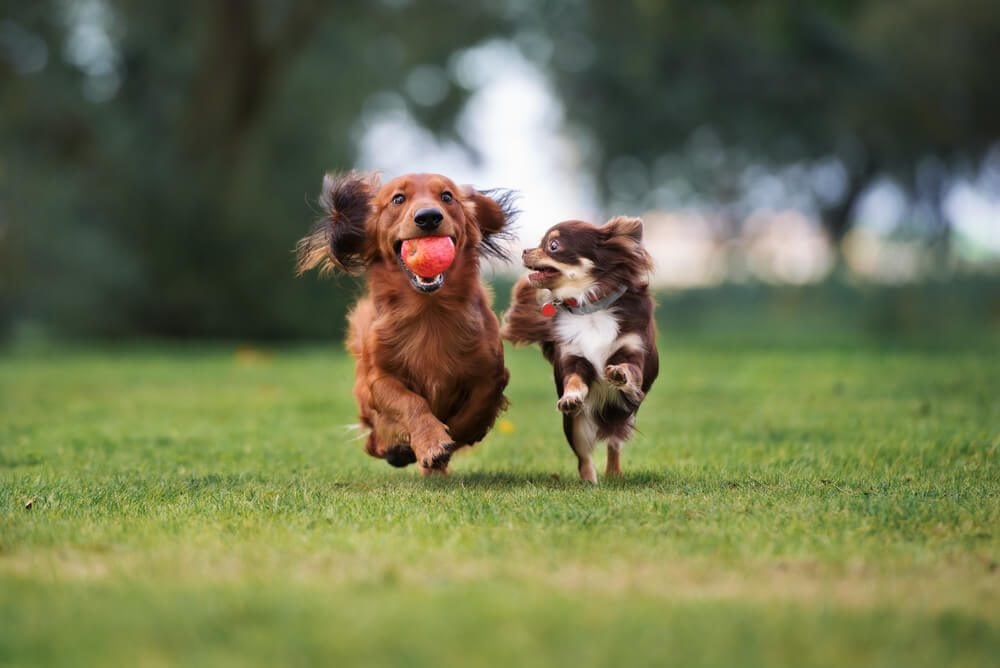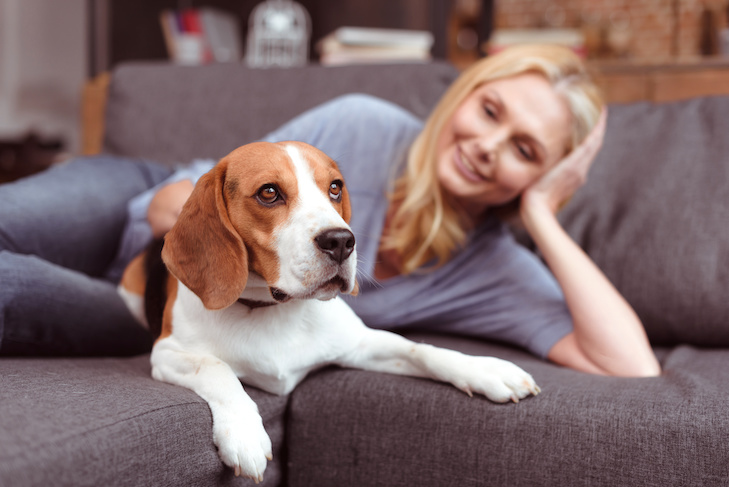
Nail trimming, hair cutting, and teeth cleaning are just some of the many services that dog groomers provide. But you have to ask yourself, is a dog sitter a right fit? Yes your dog is happy and no you are not. When you sit down to eat and your dog jumps up and moves his bowl-not bothering you-you have to wonder if this is really a sitter and if she is qualified.
Here are a few questions to ask the groomer:
- Is she certified in pet care and is she trained to handle canines that are insecure, fearful, nervous, dominant, etc.?
- Will she start grooming immediately upon your arrival if she is NOT trained already; and if she is, will she demand it immediately?
- How large a formation of barbs does she have on her brush (I know dogs have different kinds of hair)? If it is small, small breeds do tend to shed. Dogs that shed, however, should definitely be groomed by a pet groomer with a wire brush.
- How long has she been doing this kind of work?
- Does she weigh 85 lbs.? If so, how much skin area does she clean up?
The 5 points are some things to consider when you are doing your research on a pet sitter for your Pit Bull, or any other dog that needs grooming.
A pet sitter is going to have different requirements than a regular groomer, so make sure you do your homework before you hand over money. Be sure to interview potential groomers, ask them questions, and make sure they have all the proper certifications or other paperwork before spending your money. You want to make sure the pet sitter is good at commands and taking care of your property. While a dog owner is away the dog will sometimes destroy curtains, European Reclaimed Wood Flooring, shoes or any other home possession because they’re upset. The pet sitter would need to be able to keep the dog in control. And before you ever commit to an individual, make sure you feel comfortable with them and know that they are honest and will provide quality care to your pet.
· Shop around, call a few places, and make sure they offer all types of services. This includes but is not limited to doing the grooming, nail trimming, and ear cleaning.
· The definitely check references. If you have a groomer that is great but she or he is not able to make things happen for you because they do not have a grooming background or are not trained to do so.
· It would also be great if they have an established relationship with a veterinarian, so when your pet needs grooming, you know that you can count on getting the professionals to do their job.
· It is recommended that you personally visit them in person and see how they interact with your pet and how they care for them.
If you utilize all of these things in your search, you will certainly help increase the likelihood of you and your pet being happy to have another job. You will not only save money but you have formed a connection with the groomer, which can mean profit for you in the future.
On average, the cost to hire a dog groomer can range anywhere from 30 to 180 dollars. If you take your time, find the right groomer, and ask all of the right questions, you can expect to save hundreds of dollars compared to the average groomer in your area.

